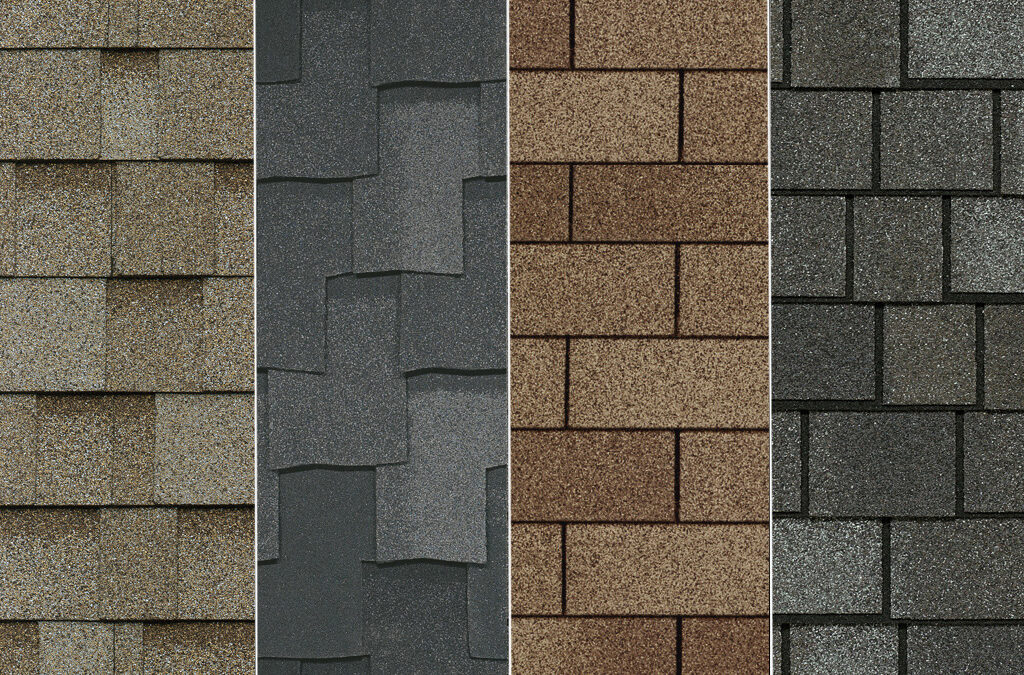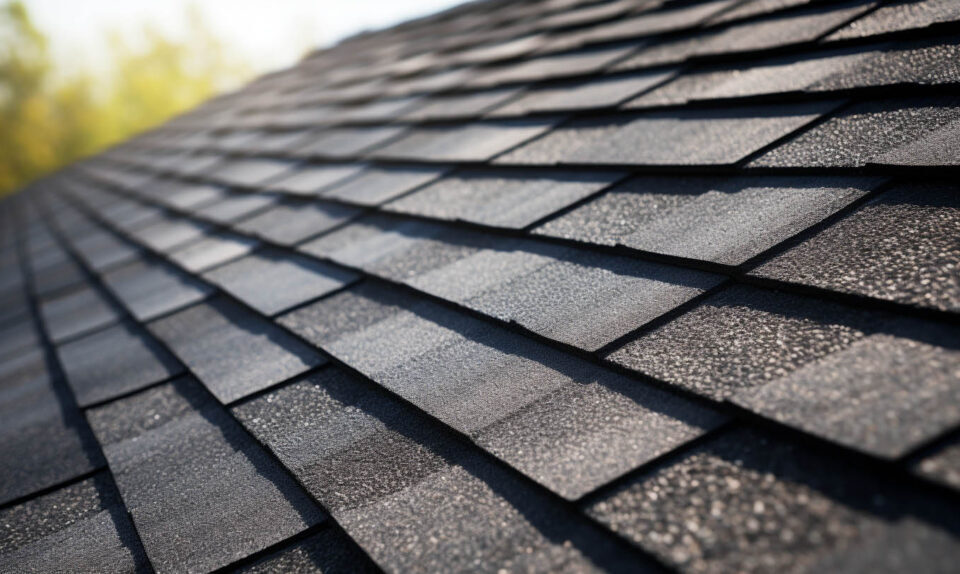
The Impact of Recycled Asphalt Shingles on Environmental Sustainability
October 2, 2025
What Local Building Codes Mean for Asphalt Shingle Installation in NYC
October 2, 2025Living by the coast comes with breathtaking views and a refreshing ocean breeze—but it also brings unique challenges for your home’s roof. Coastal homes are exposed to harsh sun, high humidity, salt-laden air, and strong winds, all of which can accelerate wear and tear on asphalt shingles. Without the right maintenance and protective measures, your roof may deteriorate much faster than expected, leading to costly repairs or premature replacement.
In this guide, we’ll explore the effects of coastal weather on asphalt shingles and the best solutions to protect your roof from salt corrosion, UV radiation, and wind damage.
The Challenges of Coastal Weather
1. Salt in the Air
Salt carried by ocean breezes can settle on roofing surfaces, slowly breaking down protective coatings and causing asphalt shingles to weaken over time. This leads to granule loss, discoloration, and premature aging.
2. Intense Sunlight
Coastal regions often experience high levels of UV radiation. Constant sun exposure can cause shingles to:
-
Dry out and crack
-
Lose flexibility
-
Fade in color
3. High Humidity and Moisture
Moisture in the air can encourage the growth of algae, moss, and mold, which not only affect curb appeal but can also damage shingle surfaces.
4. Strong Winds and Storms
Coastal storms bring heavy wind gusts that can lift, curl, or even rip shingles away if they aren’t properly secured or reinforced.
Solutions for Protecting Asphalt Shingles
1. Choose the Right Shingle Type
Not all asphalt shingles are equal. For coastal climates, consider:
-
Architectural (laminated) shingles – thicker, more durable, and better wind resistance than 3-tab shingles.
-
Algae-resistant shingles – contain copper or zinc granules that prevent moss and algae growth.
-
Impact-resistant shingles – ideal for homes in hurricane-prone areas.
2. Apply Protective Coatings
Roof sealants and coatings designed for coastal environments can:
-
Repel moisture and salt
-
Reflect UV rays to reduce heat damage
-
Extend the overall lifespan of shingles
3. Regular Roof Cleaning
Washing your roof with a gentle, low-pressure rinse can remove salt buildup and algae growth. Avoid high-pressure washing, which can strip protective granules.
4. Improve Roof Ventilation
Good attic ventilation prevents excess heat and moisture buildup, reducing the risk of mold growth and shingle deterioration.
5. Reinforce Against Wind
Have a professional contractor ensure shingles are:
-
Properly nailed using manufacturer-recommended techniques
-
Sealed at the edges with roofing adhesives for added wind resistance
6. Schedule Professional Inspections
Routine inspections (at least once a year, or after major storms) can catch problems early, including lifted shingles, missing granules, or corrosion caused by salt exposure.
Additional Tips for Coastal Homeowners
-
Trim nearby trees to prevent debris and branches from damaging shingles during storms.
-
Check gutters regularly to ensure salt and debris don’t clog drainage systems.
-
Consider lighter-colored shingles, which reflect more sunlight and reduce heat absorption.
Conclusion
Coastal weather is beautiful but tough on roofs. The combination of salt, sun, humidity, and wind creates unique challenges that standard shingles may not withstand over time. By choosing the right materials, applying protective coatings, cleaning regularly, and reinforcing your roof against high winds, you can significantly extend the lifespan of your asphalt shingles.
Investing in these solutions not only protects your home but also provides peace of mind, knowing your roof can handle the toughest coastal conditions.




